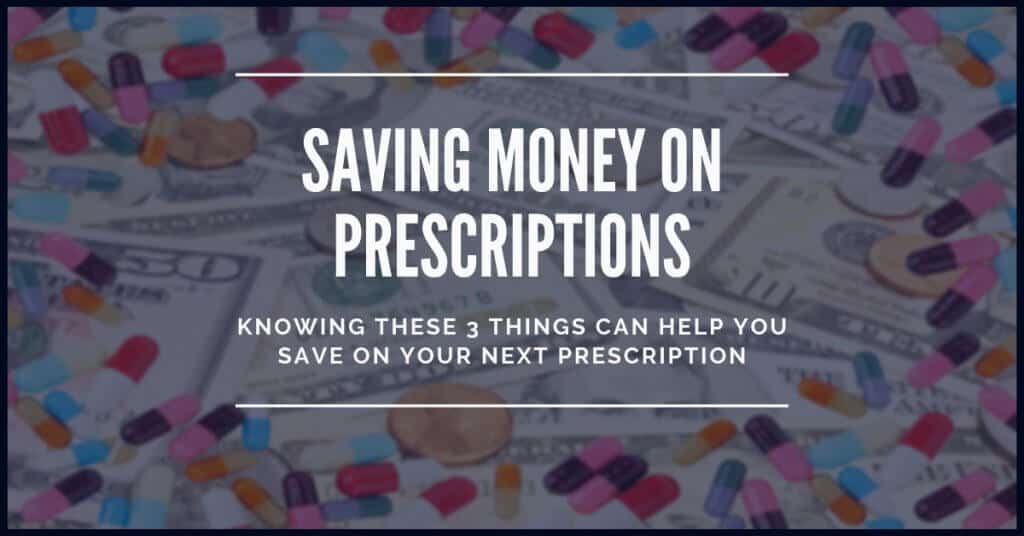You are likely familiar with the terms “generic” and “brand name” prescription drugs. But do you know what a drug formulary is? Like a generic drug, it can also save you money. The following article will help you understand all three terms.
Drug Formularies
If you belong to a health maintenance organization (HMO) or your employer offers its own health insurance plan, chances are it uses a prescription drug formulary to maximize the effectiveness of its pharmacy benefits program.
A formulary is essentially a preferred drug list for a particular health plan. The drugs on the formulary have been evaluated and researched for safety and effectiveness, and are often the most cost-effective versions of commonly prescribed medications. By using a single set of prescribed medications for most routine treatments, health plans are able to provide high quality care and keep costs as low as possible.
Formularies are not static lists; they change as new drugs and research become available. Usually, doctors and pharmacists review medical and pharmaceutical literature when deciding which drugs to place on a formulary. Some insurers allow variation from their formulary in specific instances, while others charge members a much higher copayment for medications that do not appear on the formulary.
Here is some basic information about a drug formulary:
- It is a comprehensive list of drugs expected to meet the needs of most patients.
- It is used as a way to provide cost-effective prescription drugs to members.
- It consists of both brand and generic drugs that have been approved by the health plan’s panel of physicians and pharmacists.
- It enhances the quality of medical care by identifying the best medicines from among the thousands available. It is also a tool to address skyrocketing prescription drug costs.
- Formulary drugs are chosen for their safety, effectiveness, quality and cost.
Generic vs. Brand Name
Some people think that generic versions of their prescription drugs are inferior, but the FDA requires that generic drugs meet the same standards as their brand name counterparts.
The difference between the two involves the research, development and marketing investment that went into the original brand name product. When “generic equivalents” become available, they have the same active ingredients and chemical purity as the brand-name drugs they imitate. Other ingredients such as tablet fillers, binders, coatings or flavors may differ. Because their development costs are less, generic drugs are often priced substantially lower.
When you receive a prescription from your doctor, ask if a generic equivalent is available. Many health plans charge a lower copay for patients who choose generics.
For more information on individual health insurance or business wellness programs, contact one of our consultants at Ollis/Akers/Arney Insurance & Business Advisors.


